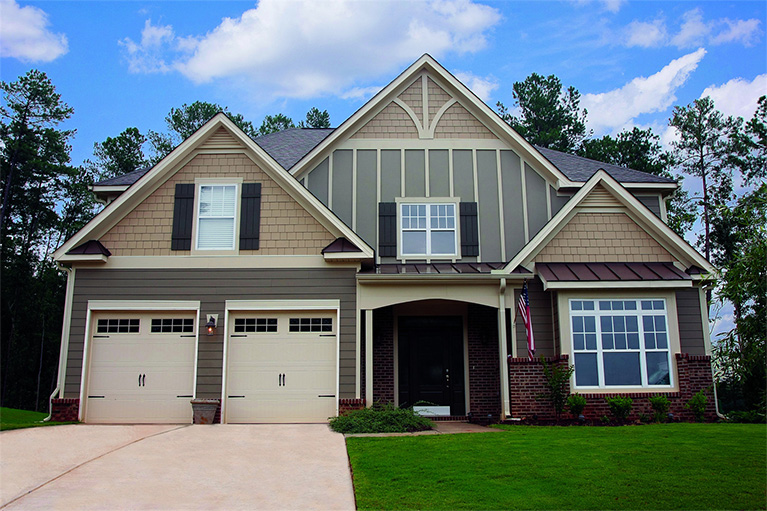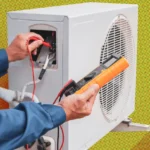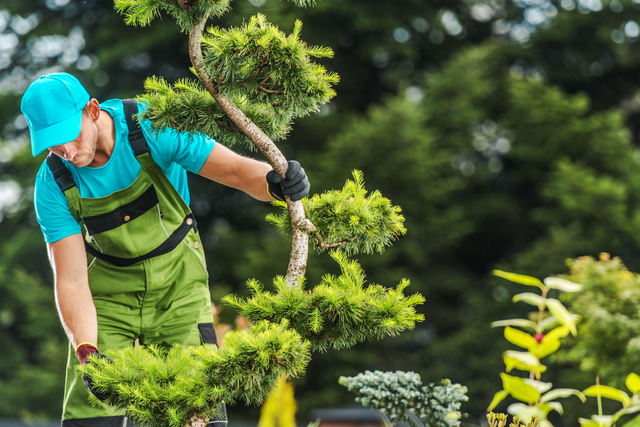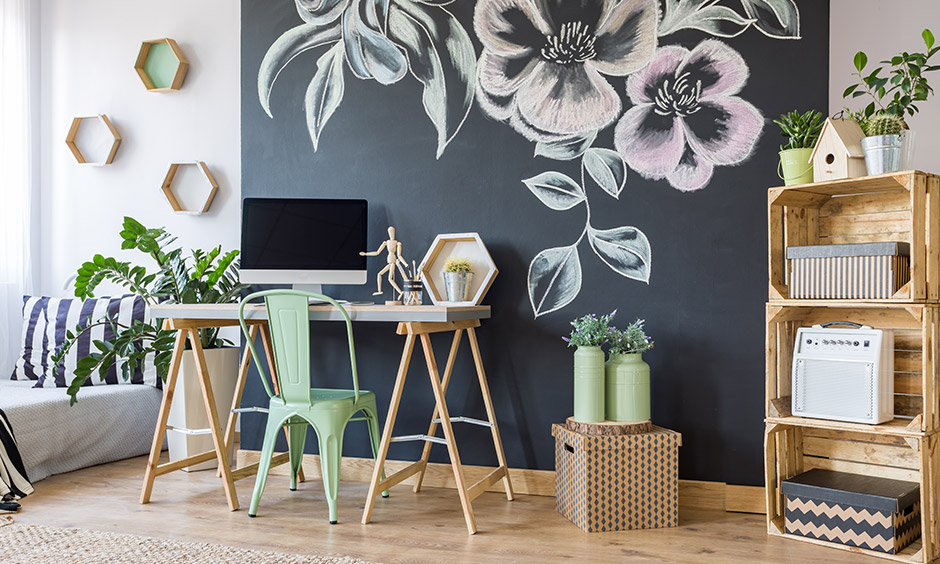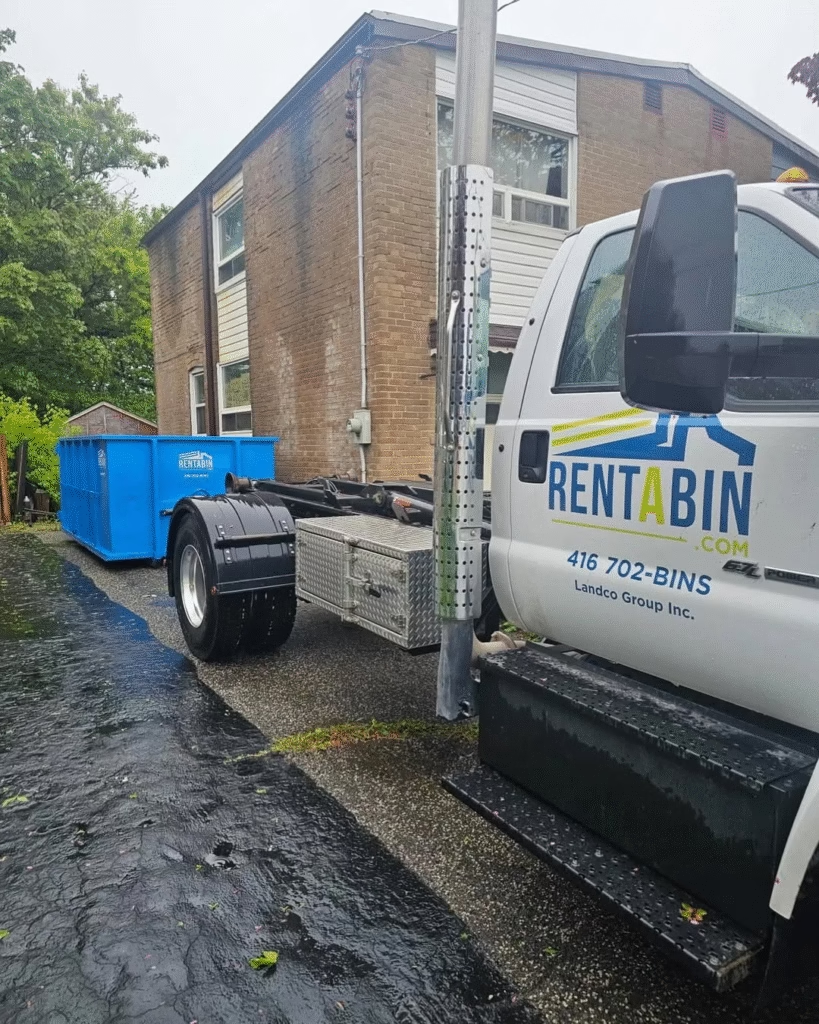Introduction
Siding does more than protect your home—it defines its visual identity. While much attention is often given to materials and color, the orientation of siding plays an equally important role in both aesthetics and performance. Whether you’re updating an existing exterior or building a new home, deciding between horizontal and vertical siding is a design choice that can drastically affect curb appeal, maintenance, and resale value.
At a glance, horizontal siding may seem like the obvious go-to. It’s the traditional choice, familiar and widely used. But vertical siding has grown in popularity, especially for homeowners looking to add architectural interest or modern flair to their property.
Understanding the differences between these two styles—beyond just looks—can help you make an informed decision that supports your home’s long-term function and style.
Horizontal Siding: The Traditional Favorite
Horizontal siding has been the standard for decades, particularly in suburban and colonial-style homes. It’s recognizable for its clean, layered look and its versatility across a wide range of architectural designs.
Key Features:
- Classic appearance: Commonly used in lap, clapboard, or Dutch lap configurations.
- Cost-effective: Generally less expensive to install due to the straightforward technique.
- Widely available: Nearly every siding company is familiar with horizontal installation methods.
Aesthetic Appeal:
Horizontal siding tends to elongate a home visually. It gives a grounded, stable impression and complements a wide variety of home sizes and rooflines. Many homeowners choose this orientation because it feels comfortable and timeless.
Potential Drawbacks:
While it’s the default for many homes, horizontal siding is also more prone to water infiltration if improperly sealed. Rain can seep between overlapping panels, especially if the installation isn’t precise or if the home lacks adequate overhangs.
For homes in areas with heavy rainfall or wind-driven storms, this might increase maintenance over time. Working with experienced contractors like Home Remodeling Dallas can help ensure proper installation and sealing that reduces long-term issues.
Vertical Siding: A Bold, Contemporary Option
Vertical siding flips expectations—literally. Often associated with modern or industrial architecture, this style offers a clean, elegant look that breaks from tradition.
Key Features:
- Distinctive visual impact: Adds height and modernism to the home’s silhouette.
- Effective drainage: Encourages water runoff more naturally than horizontal panels.
- Versatile pairing: Can be combined with horizontal siding or stonework for contrast.
Design Advantages:
Vertical lines naturally draw the eye upward, which can make a home look taller and more refined. This is especially useful on single-story properties or buildings with lower roof pitches. The clean vertical flow also pairs well with minimalist, farmhouse, or Scandinavian-style architecture.
In recent years, vertical siding has gained popularity for accent walls, entryways, and gables—even when the rest of the house features horizontal cladding. That contrast helps create focal points without overwhelming the overall design.
Considerations:
The installation process for vertical siding tends to be more complex and labor-intensive. Furring strips or additional framing may be required to ensure panels lay evenly. This often results in a higher installation cost.
It’s also important to hire a siding contractor with specific experience in vertical siding systems. Misaligned panels or poorly secured seams can disrupt the clean lines that make this orientation appealing in the first place.
Performance and Durability Factors
When comparing the two styles, it’s important to look beyond appearance and consider how each performs under different environmental conditions.
Water Management:
- Vertical siding: Naturally channels water downward, reducing the risk of water pooling or intrusion. Particularly beneficial in wet climates.
- Horizontal siding: Can trap moisture between the boards if installation is not tightly sealed, requiring extra attention in wetter regions.
Wind Resistance:
While both orientations can be installed to meet high wind standards, vertical siding may be more secure against uplift if installed properly. The added framing provides a more stable foundation, especially for taller panels.
Maintenance:
Maintenance demands will often depend more on the material than the orientation. However, vertical siding is slightly easier to clean due to the uninterrupted lines—dirt and grime tend to wash off more efficiently during rainfall or manual cleaning.
Cost Considerations
In most cases, horizontal siding will be less expensive to install. The method is simpler, faster, and doesn’t require as many specialty materials or labor hours. For homeowners working within a tight renovation budget, this could be a deciding factor.
Vertical siding usually comes at a premium, not because the materials are necessarily more expensive, but because the preparation and labor are more involved. This includes installing furring strips to create a flush surface and more detailed attention to panel alignment.
That said, the return on investment can be higher for vertical siding on modern homes, where the visual payoff and architectural uniqueness stand out more strongly in a competitive real estate market.
Combining Both Styles
One rising trend in exterior design is combining horizontal and vertical siding to add contrast and depth. This approach can offer the best of both worlds—a familiar base with creative, modern elements.
Common combinations include:
- Horizontal siding on the main walls with vertical accents on gables
- Vertical panels on entryway facades with horizontal siding wrapping the perimeter
- Mixed material facades where one orientation frames windows or transitions between sections
This layered look adds architectural detail without overwhelming the eye and allows homeowners to express style without sacrificing cohesion.
Which Style Fits Your Home?
Choosing between horizontal and vertical siding depends on several personal and practical factors:
- Architectural style
Traditional homes often benefit from horizontal siding, while newer builds or renovated exteriors can embrace the vertical look. - Neighborhood aesthetic
In neighborhoods with strict HOA rules or consistent home styles, it might be best to match the prevailing orientation to maintain visual harmony. - Climate and exposure
Homes in rainy or snowy climates may benefit from vertical siding’s improved drainage. - Budget
Horizontal siding is more budget-friendly for most projects, while vertical siding offers a distinctive upgrade if your budget allows. - Contractor expertise
Not all installers specialize in both orientations. It’s important to choose a siding contractor with experience specific to the style you want—ensuring a professional, lasting result.
Conclusion
Choosing between horizontal and vertical siding isn’t just about looks—it’s about performance, maintenance, and long-term satisfaction. While horizontal siding offers a trusted, traditional finish with lower upfront costs, vertical siding brings a fresh aesthetic and practical water management benefits.
Smart Exteriors has seen homeowners successfully use both styles to enhance their properties, depending on their goals and architectural features. Whether you’re aiming for timeless or contemporary, it all comes down to what fits your home best—visually, functionally, and structurally.
A thoughtful choice in siding orientation can boost curb appeal and add value—so take the time to weigh your options, consult with the right professionals, and select the path that aligns with your vision for your home.
